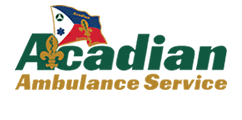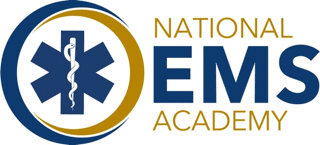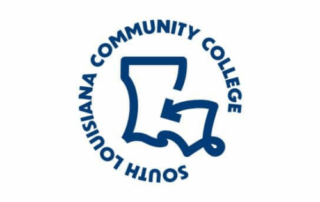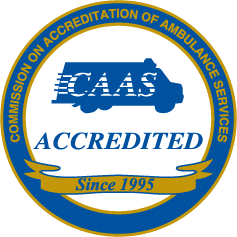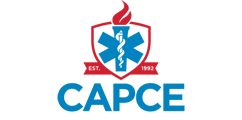
Emergency Medical Technicians
Make a difference by:
Emergency Medical Technicians (EMTs) are the entry-level staff providing basic emergency medical care and transportation. Training can take as little as 12 weeks, allowing you to quickly join a medical response team and make a difference daily.
Find an EMT class near you:
Paramedic Program
Paramedics are highly-trained healthcare professionals who provide the highest level of pre-hospital care available outside a hospital. They deliver Advanced Life Support under a physician’s supervision, ensuring patient safety and well-being during transport. Paramedics work in various settings, including ambulances and aeromedical teams.
Anyone interested in enrolling in the Paramedic class MUST be currently nationally registered as an EMT AND complete Human Anatomy and Physiology (A&P) prior to entering the class.
Emergency Medical Technicians
Emergency Medical Technicians (EMTs) are the entry-level staff providing basic emergency medical care and transportation. Training can take as little as 12 weeks, allowing you to quickly join a medical response team and make a difference daily.
Find an EMT class near you:
Make a difference by:
Paramedic Program
Paramedics are highly-trained healthcare professionals who provide the highest level of pre-hospital care available outside a hospital. They deliver Advanced Life Support under a physician’s supervision, ensuring patient safety and well-being during transport. Paramedics work in various settings, including ambulances and aeromedical teams.
Anyone interested in enrolling in the Paramedic class MUST be currently nationally registered as an EMT AND complete Human Anatomy and Physiology (A&P) prior to entering the class.
Not Sure Where to Start? Contact Us Today
Careers in EMS
Your journey doesn’t stop here.
EMS is a vital, high-demand industry. The increasing responsibility of EMTs and Paramedics will drive the field toward degree programs instead of technical certificates. This professionalization is expected to result in higher salaries for EMS professionals.
What’s more, the economic outlook for this field is positive. According to the US Department of Labor, the employment of EMTs and paramedics is projected to grow by 15% between 2016 and 2026, much faster than the average for all occupations.
EMT Quick Facts
Paramedic Quick Facts
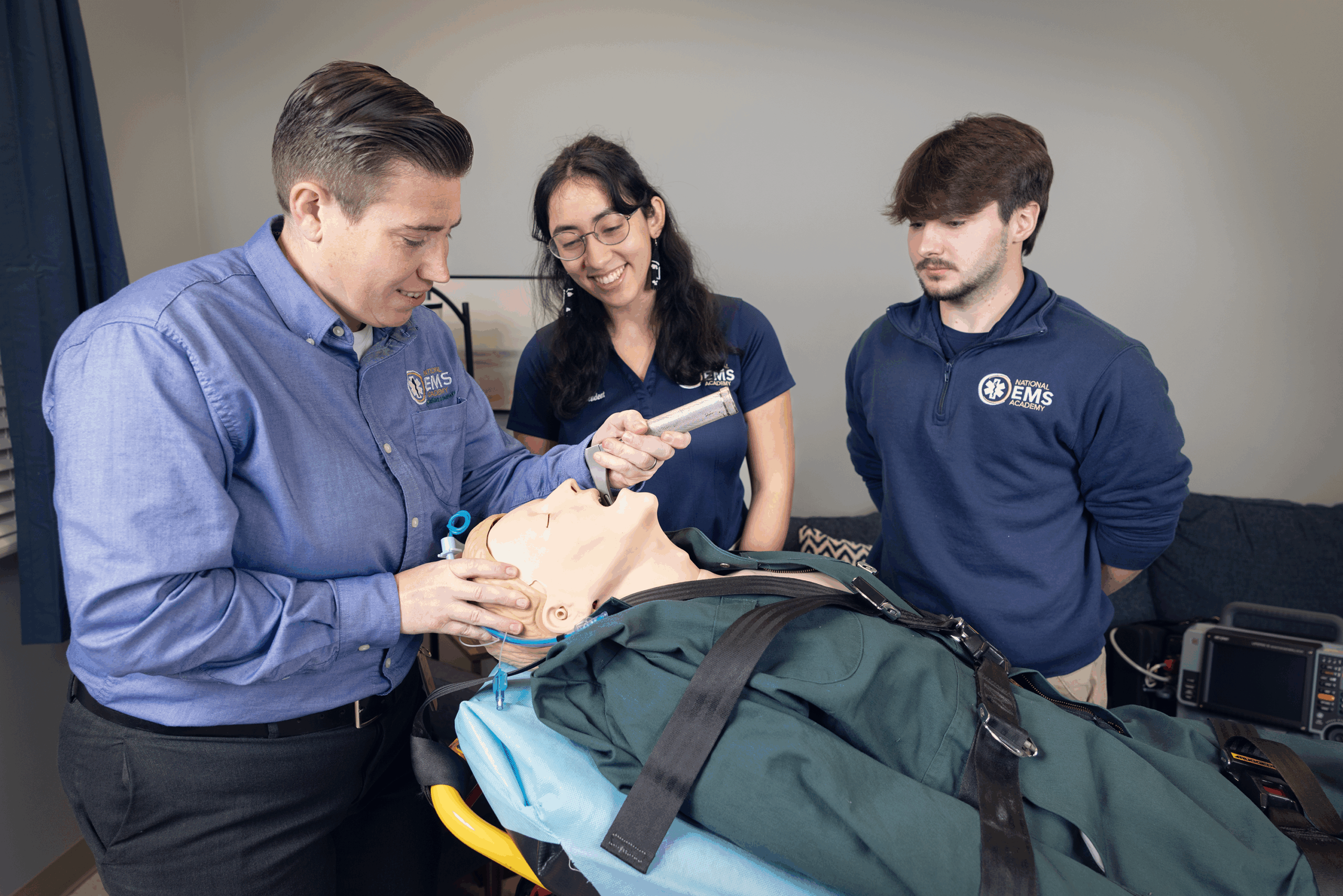




The National EMS Academy, a division of Acadian Companies, operates in partnership with South Louisiana Community College.
We are nationally accredited by the Commission on Accreditation of Allied Health Education Programs, upon the recommendation of the Committee on Accreditation of Educational Programs for the Emergency Medical Services Professions. We are also an authorized American Heart Association Training Center for CPR and continuing education courses.
Contact CAAHEP:
Commission on Accreditation of Allied Health Education Programs
25400 US Highway 19 North, Suite 158
Clearwater, FL 33763
Phone: (727) 210-2350
Fax: (727) 210-2354
Email: mail@caahep.org
www.caahep.org
Contact CoAEMSP:
Committee on Accreditation of Education Programs for the Emergency Medical Services Professions
8301 Lakeview Parkway, Suite 111-312
Rowlett, TX 75088
Phone: (214) 703-8445
Fax: (214) 703-8992
www.coaemsp.org
